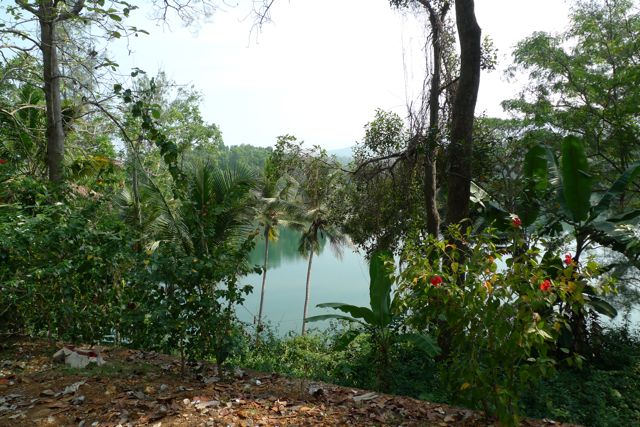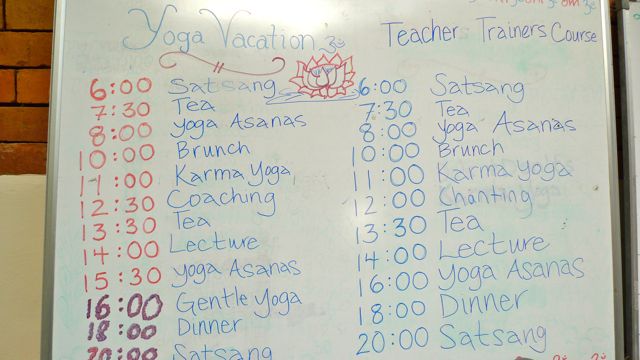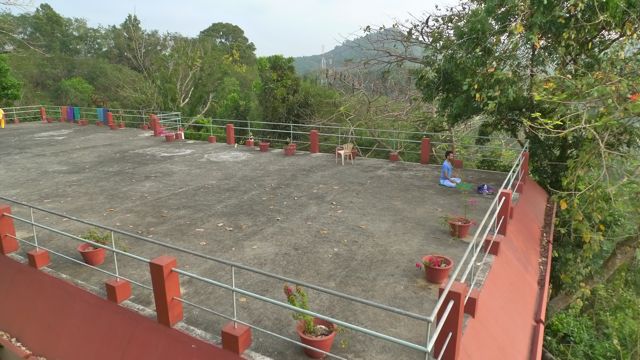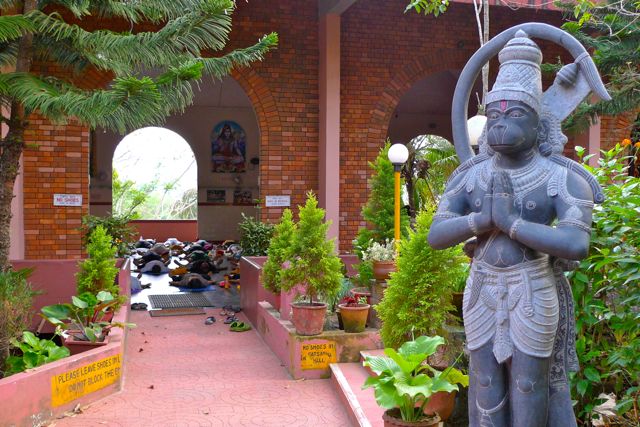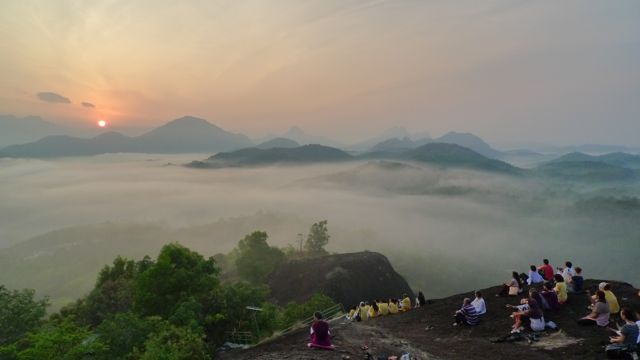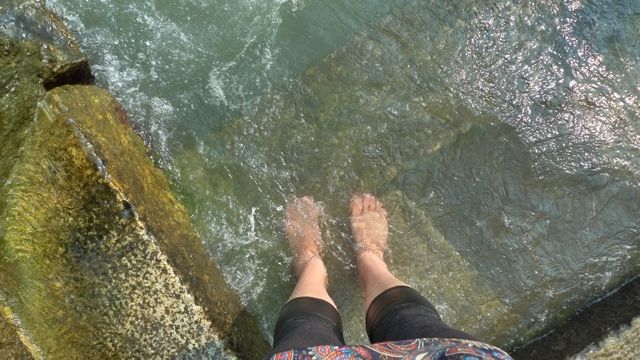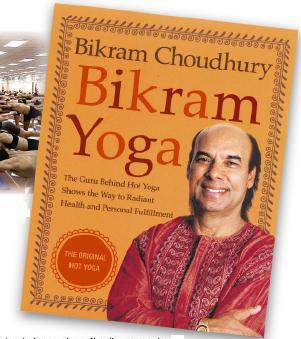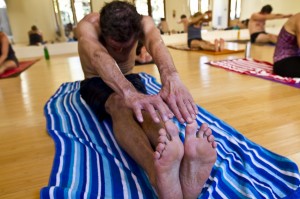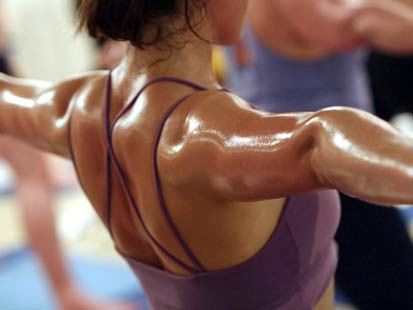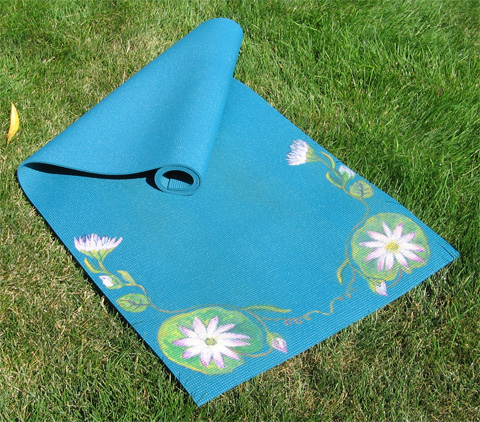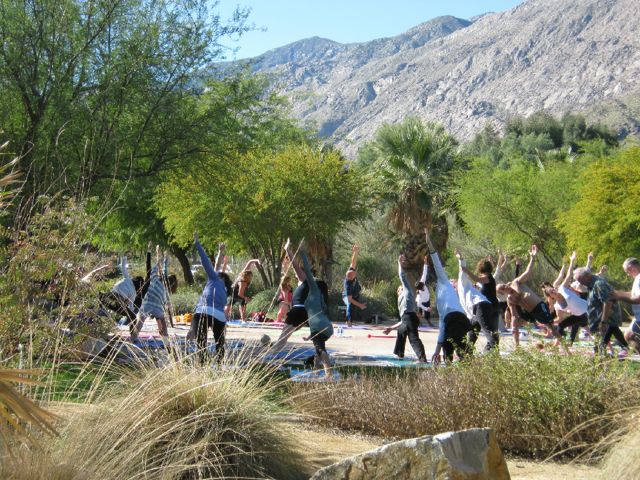I hesitate to even tell people that I went to an ashram in India on my trip around the world, because it brings up the inevitable comparison.
“OMG, you’re like ‘Eat, Pray, Love!'”
I mean, there are worse things to be likened to than an Oprah-endorsed, best-selling phenomenon. But I wish we could acknowledge and honor the stories of women without comparing them all the time. My journey was not Elizabeth Gilbert’s journey, and the road she traveled wasn’t mine. We just happen to be two women with backpacks.
Still, it happened that I ended up at an ashram in India.
It was located in the southern part of India, where vines and palms tangle around swampy backwaters. There was supposedly a zoo nearby, even though there wasn’t a town or a city in the vicinity. But every sunrise we could hear the lions roar.
I wish I could say my original intention was spiritual enlightenment. But I was coming off nine months of constant travel, followed by a blurry string of beach parties in Goa. More than enlightenment, I needed a purpose. I needed a schedule. I needed to lay on a mat and stretch my limbs to the sky and breathe. So I went.
It took three rickety buses through the countryside, one long walk and a wheezing rickshaw up a ribbon-like road, but I finally got there.
I fully committed myself to the ashram. I didn’t bring any forbidden goods, like alcohol, onto the property. I didn’t sneak out for a smoke. I didn’t skip any lessons. I didn’t half-ass it.
Instead, I greeted the blackness of morning with chants of “Jai Ganesh” until the sun rose.
I joined 200 people in a chorus of “Om” until the resonance became so deep and strong that it vibrated the chambers of my heart.
I sat crosslegged on the floor, scooped rice and runny lentils with my hand, ate in silence.
I slept naked under a mosquito net.
And then I waited.
I waited for that moment — enlightenment, clarity, bliss. Whatever it is that people are supposed to feel at an ashram, I wanted to feel it too.
I did my part, after all. I was present. I was open. I was expectant. And when it comes to spirituality, isn’t that the bulk of the battle? Just showing up?
This was also a particularly vulnerable time, since I had lost my mother just two months prior. So I did a lot of meditating and marinating while I let grief unzip me. If there was ever someone ripe for a divine moment, it was me — literally down on my knees in a temple, pleading for something, anything.
When those prayers went unanswered, I turned my efforts outward. I climbed mountains. I sang to the sun as she tossed scarves of color into the sky. I turned my face up to the heavens and said, “Come on. Give me everything you’ve got.”
Nothing happened.
I thought it would come in a bolt of lightning or something equally dramatic. I figured it would be like the conversion of Saul to Paul in the New Testament, a familiar story to every classically-trained Christian. Basically, Saul was traveling the streets of Damascus when he saw a bright flash of light and the resurrected figure of Jesus. The event caused Saul to go temporarily blind, at which point he changed his name to Paul and became (arguably) the greatest disciple of all. It was amazing. The dude went blind!
Meanwhile, I begged for something to happen. And Vishnu only gave me pinkeye.
After I left the ashram, I traveled to Kanyakumari, the town at the very bottom tip of India. In a country full of spiritual places, Kanyakumari is among the most special and sacred. This is the confluence of three major bodies of water — the Arabian Sea, the Bay of Bengal and the Indian Ocean.
It is where millions of travelers, missionaries and pilgrims have entered the continent. It is where Mahatma Gandhi’s ashes were released back into the world. And according to Hindu legend, this is where an avatar of Parvati was set to marry Siva. When he failed to show up for his wedding, the rice that was supposed to feed the guests washed ashore, turning into the rocks that form the beach today.
I hiked up my leggings and waded into the water. It was as warm as tears. Around me, pilgrims tossed pink flowers into the waves, where they drifted out into forever.
Maybe enlightenment never really comes in a force of nature. Maybe it is just the gentle intersection of waves. It ebbs and flows, taking things away, returning again, washing over all of us.
—–
This post is part of the Scintilla Project, a fortnight of storytelling.

